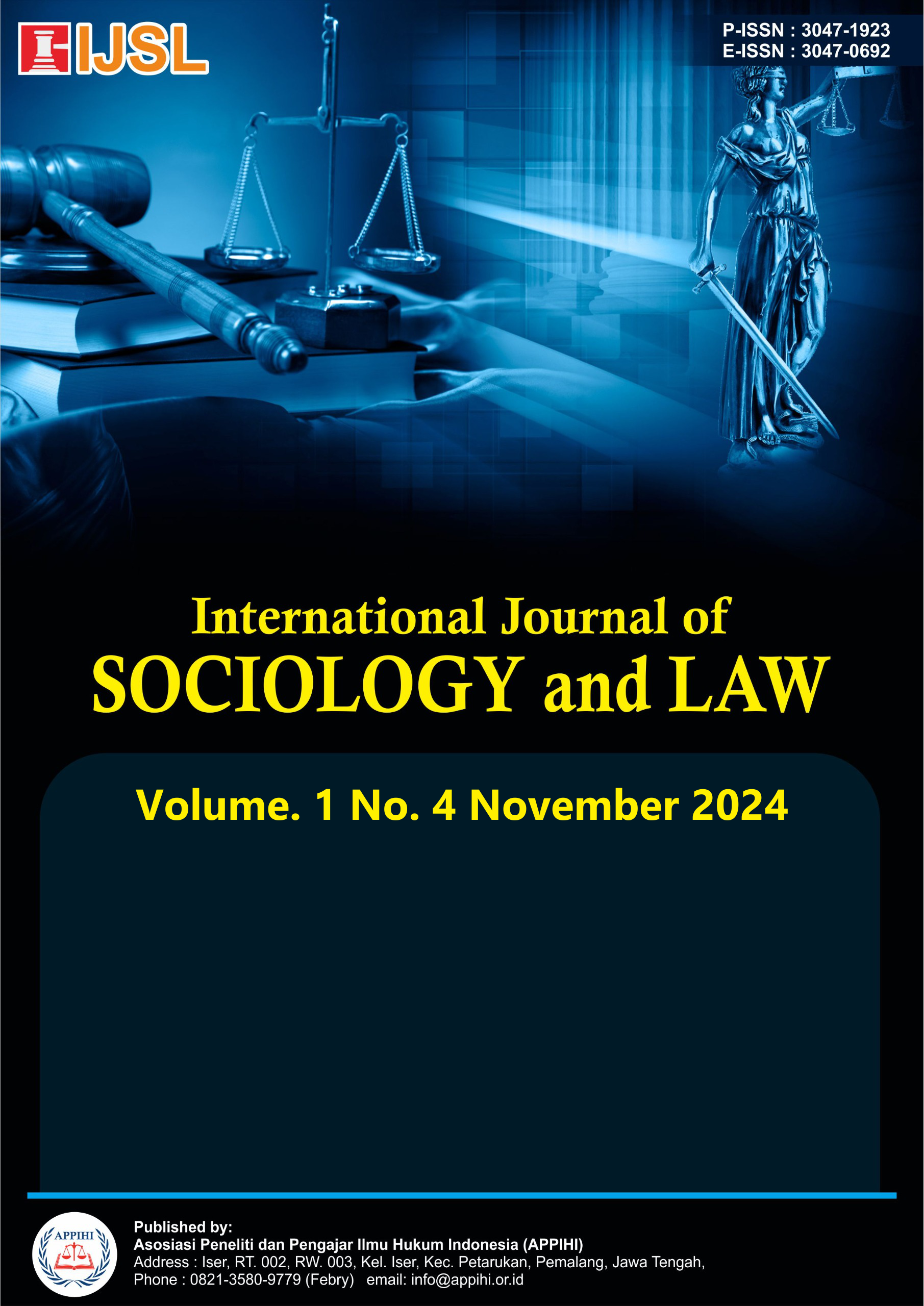Integrating Maritime Law Education and Navigation Skills: Enhancing Vocational School Curriculum
DOI:
https://doi.org/10.62951/ijsl.v1i4.197Keywords:
Maritime law education, Navigation skills, Vocational schools, Curriculum development, Regulatory complianceAbstract
This research investigates the integration of maritime law education and navigation skill development within vocational school settings. By leveraging qualitative methods, the study engages maritime professionals and vocational educators to assess curriculum effectiveness and alignment with industry standards. Key findings highlight the importance of practical application in maritime law education, emphasizing case studies and scenario-based learning to prepare cadets for real-world challenges. Simulator training emerges as pivotal in developing navigation skills and critical decision-making abilities essential for safe maritime operations. The study also underscores the significance of regulatory compliance, advocating for continuous curriculum adaptation to meet evolving STCW and IMO regulations. Recommendations include enhancing collaboration between stakeholders, expanding experiential learning opportunities, and integrating regulatory awareness throughout educational frameworks. By fostering these initiatives, vocational schools can nurture competent maritime professionals equipped to navigate global maritime challenges while upholding safety, sustainability, and regulatory standards.
Downloads
References
Balkin, R. (2006). The International Maritime Organization and maritime security. Tulane Maritime Law Journal, 30, 1.
Berg, H. P. (2013). Human factors and safety culture in maritime safety. In Marine navigation and safety of sea transportation: STCW, maritime education and training (MET), human resources and crew manning, maritime policy, logistics and economic matters (pp. 107–115).
Callís Oliver, L.-M. (2018). SOLAS Convention: Safety on board. Universitat Politècnica de Catalunya.
Christodoulou-Varotsi, I., & Pentsov, D. A. (2008). The STCW Convention and related instruments. In Maritime work law fundamentals: Responsible shipowners, reliable seafarers (pp. 422–639).
Ferritto, V. R. (2016). Maritime education factors and presenteeism: A comparative quantitative study. WMU Journal of Maritime Affairs, 15, 353–380.
Hamidi, S. M. M., Hoseini, S. F., Gholami, H., & Kananizadeh, M. (2022). Blockchain capabilities to improve the productivity of maritime logistics processes: Review, taxonomy, open challenges and future trends. Journal of Information Technology Management, 14(Special Issue: The business value of Blockchain, challenges, and perspectives), 144–170.
House, D., & Saeed, F. (2016). The seamanship examiner: For STCW certification examinations. Taylor & Francis.
Joseph, A., & Dalaklis, D. (2021). The International Convention for the Safety of Life at Sea: Highlighting interrelations of measures towards effective risk mitigation. Journal of International Maritime Safety, Environmental Affairs, and Shipping, 5(1), 1–11.
Knies, J. M. (2019). A qualitative study of college cadet women’s leadership identity development in a military training environment. Virginia Tech.
Mandaraka-Sheppard, A. (2014). Modern maritime law and risk management. CRC Press.
Norris, S. E. (2021). The development of the entrepreneurial mindset, critical thinking skills, and critical reflective practices through experiential learning activities in graduate business school. In Research anthology on developing critical thinking skills in students (pp. 210–231). IGI Global. https://doi.org/10.4018/978-1-7998-3022-1.ch013
Padgett, D. K. (2016). Qualitative methods in social work research (Vol. 36). Sage Publications.
Wahl, A. M., & Kongsvik, T. (2018). Crew resource management training in the maritime industry: A literature review. WMU Journal of Maritime Affairs, 17(3), 377–396.
Young, C. (1995). Comprehensive revision of the STCW Convention: An overview. Journal of Maritime Law and Commerce, 26, 1.
Downloads
Published
How to Cite
Issue
Section
License
Copyright (c) 2024 International Journal of Sociology and Law

This work is licensed under a Creative Commons Attribution-ShareAlike 4.0 International License.





